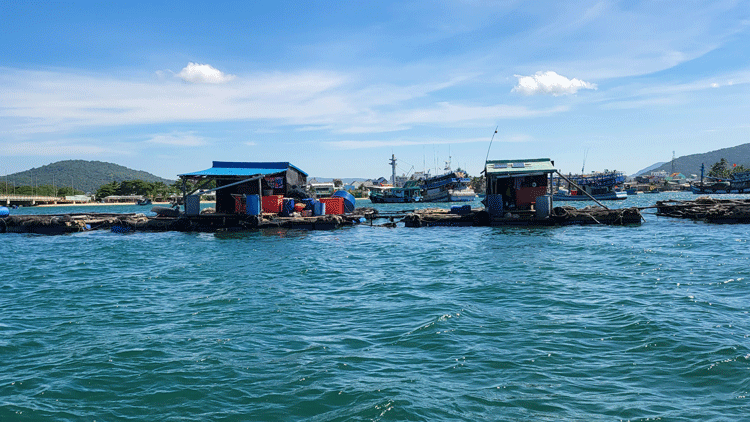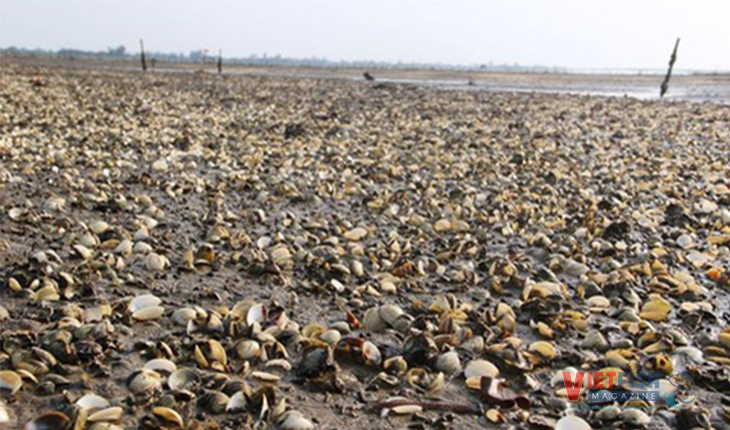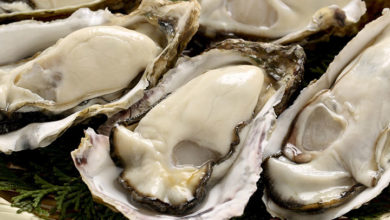Dong Thap Mud-free eel farming with recirculating aquaculture technology
Mud-free eel farming with recirculating aquaculture technology reduces water usage and minimizes disease outbreaks among eels.
In recent years, Cao Lanh District (Dong Thap) has seen significant growth in mud-free eel farming, particularly with the adoption of water recirculation technology. This method not only reduces water consumption but also improves economic efficiency and minimizes environmental pollution.

One of the pioneers in applying this model is Nguyen Van That from My Tay Hamlet, My Tho Town (Cao Lanh District). With six tanks, each housing 2,000-3,000 eels, That rotates his farming cycles efficiently. A key feature of this model is the combination of technical and biological solutions that allow the system to self-clean and recycle water.
Before switching to mud-free eel farming, That had previously raised eels in a traditional mud-based system but faced numerous challenges. After researching and learning from successful mud-free models, he decided to adopt the new method. By following proper technical procedures, his eels reach an average weight of 200-300 grams per fish after more than eight months of farming.
According to That, it is crucial to source eel fingerlings from reputable suppliers to minimize losses. Newly purchased eels should be kept in a spacious nursery tank before being transferred to the main farming tanks.
As he guided us through his farm, the eels were not immediately visible. However, when he sprinkled feed, thousands of them emerged, wriggling around bamboo slats. “Eels naturally prefer hiding spots, so we weave bamboo panels together to create shelters for them,” That explained.
The eels are fed three times a day at precise intervals to develop a strong feeding response. Their diet is adjusted based on their growth stage. Before feeding, the water level in the tank is lowered by about 2 cm, and feed is placed on the bamboo slats. During feeding, close observation is essential, if the eels do not consume enough, additional feed is provided. “If the eels stay hidden, everything is fine, but if they frequently crawl out, it means they are sick,” That noted.
Le Van Binh, Deputy Head of the Cao Lanh District Department of Agriculture and Rural Development, stated that mud-free eel farming with recirculating aquaculture technology is opening new opportunities for local farmers. “This model will be expanded to help increase farmers’ incomes,” he said.
VFM






